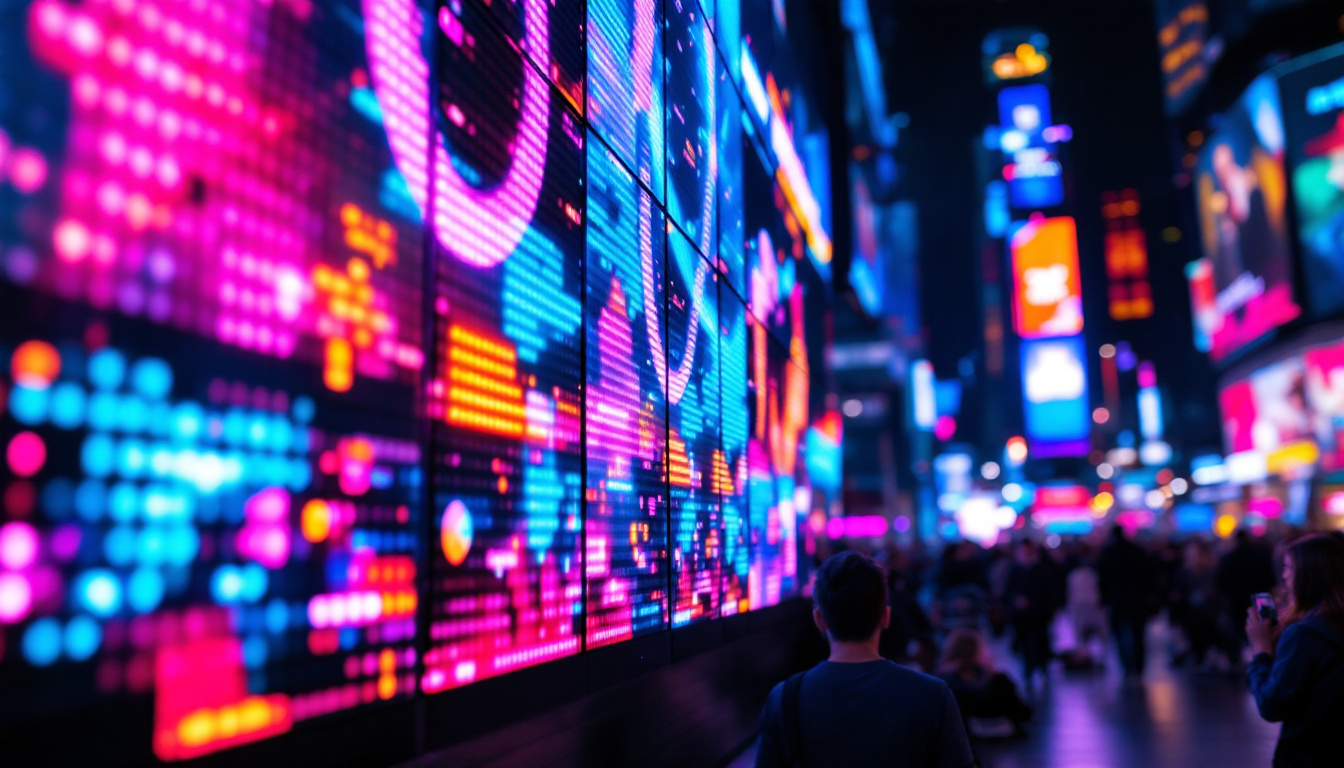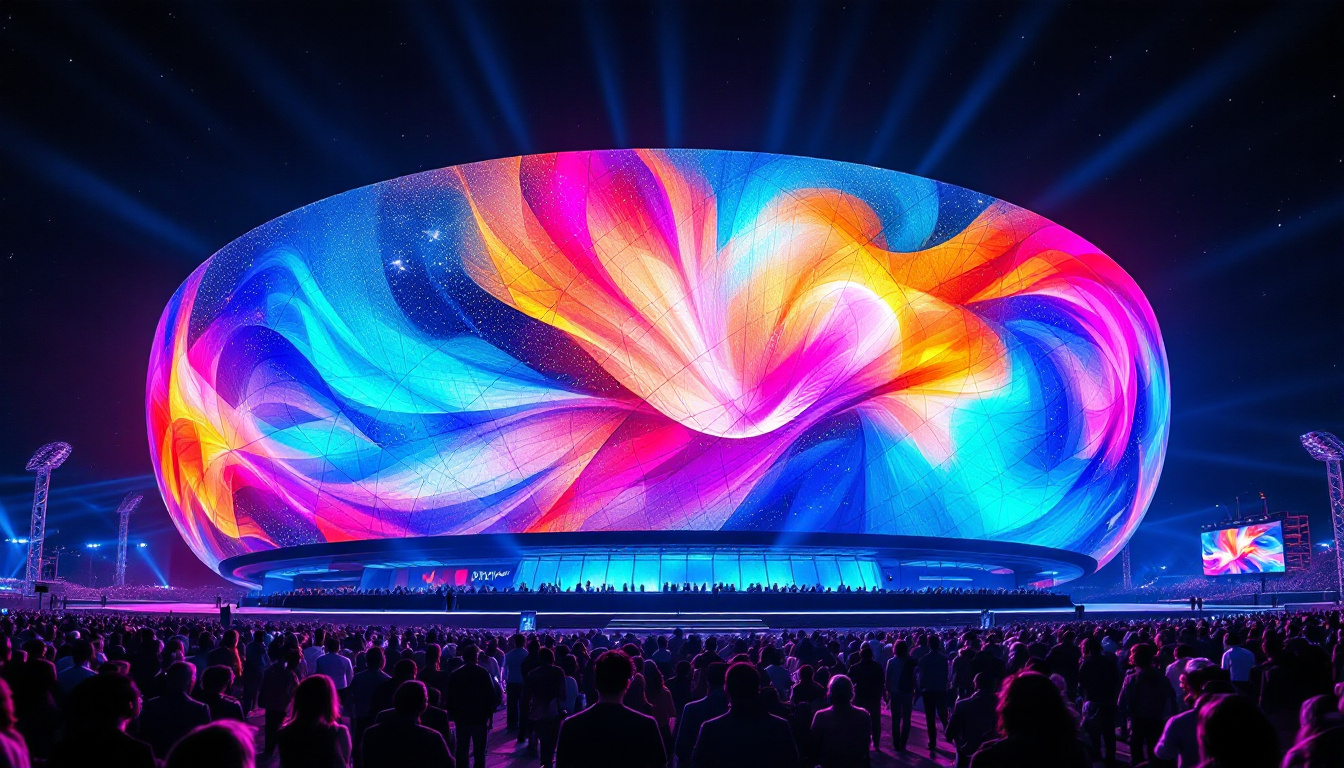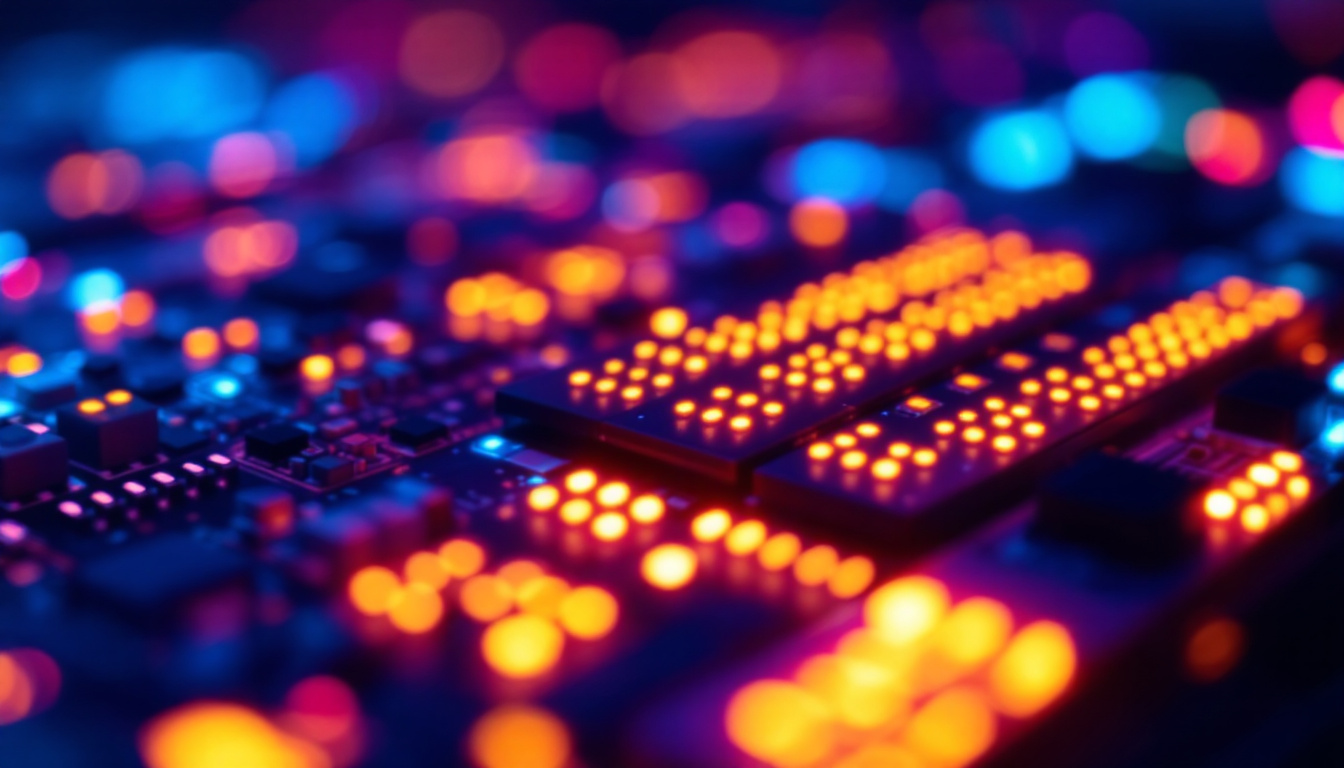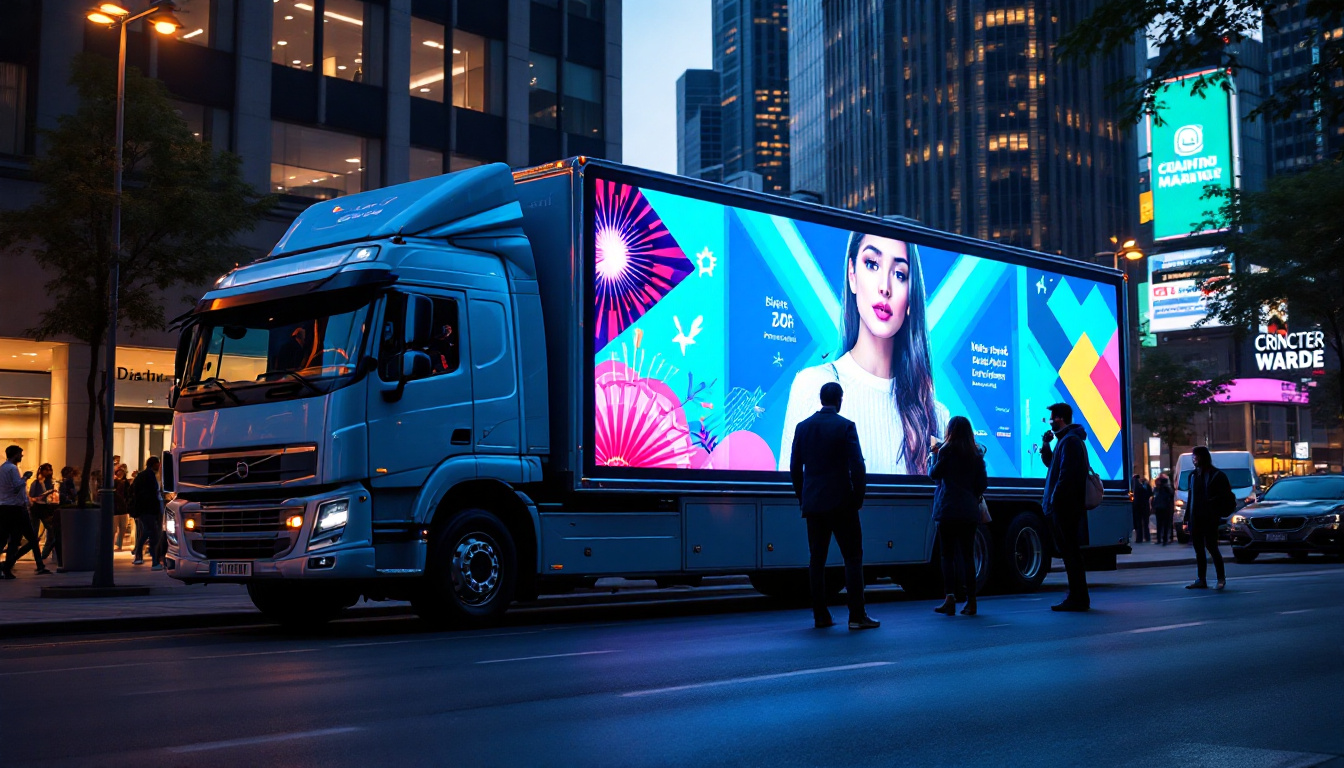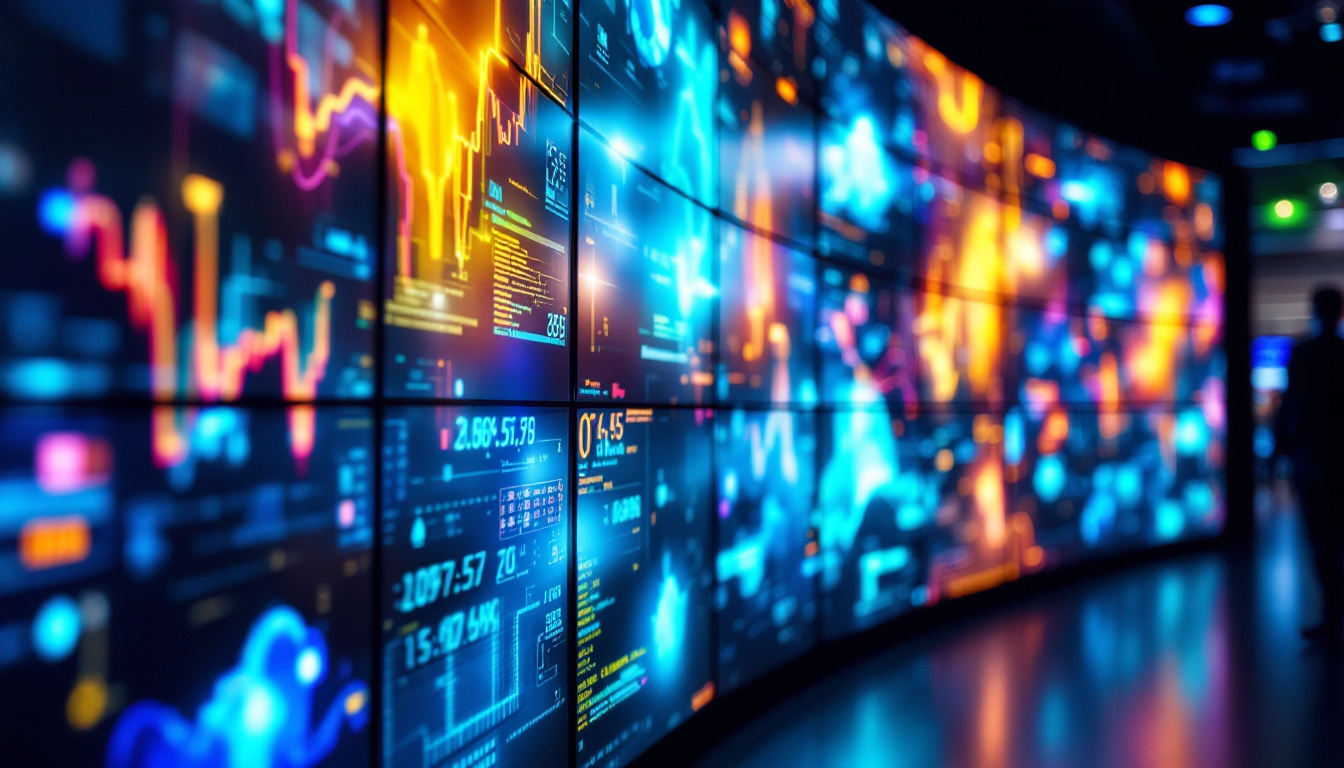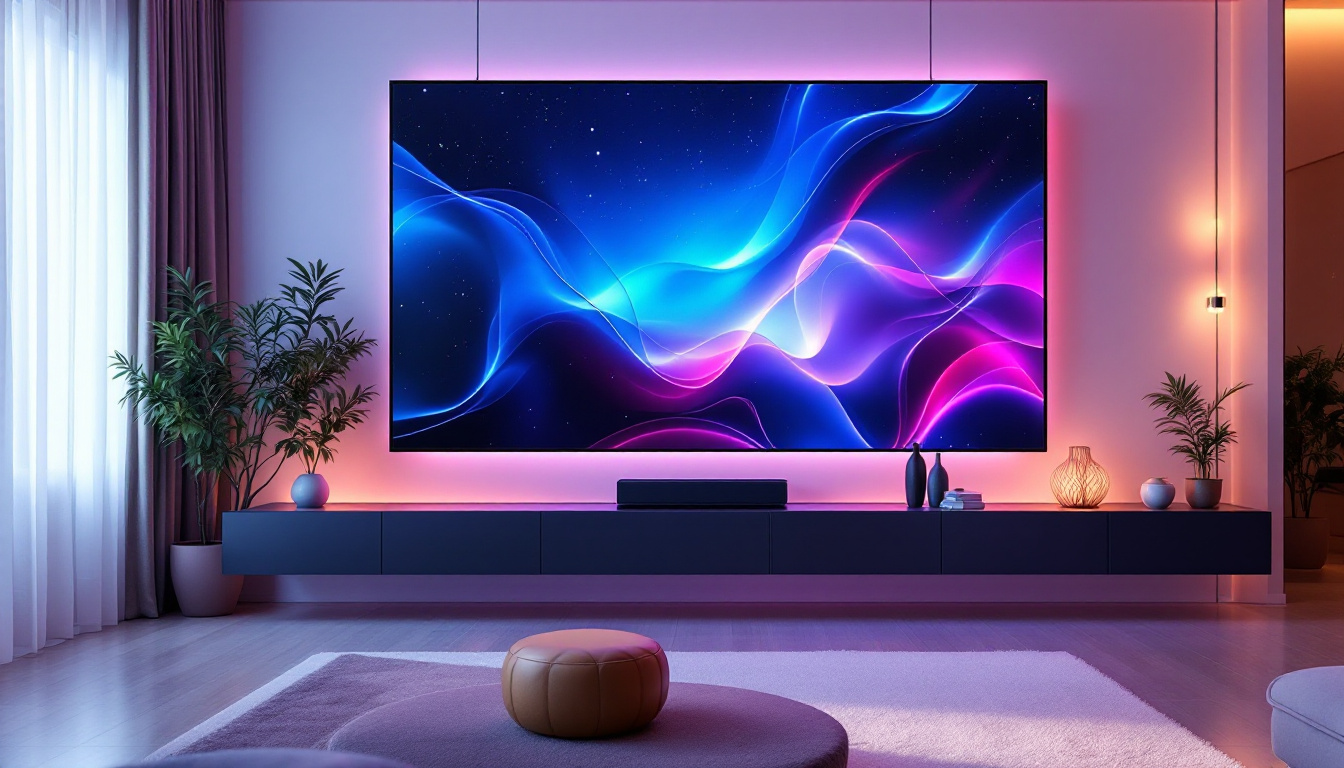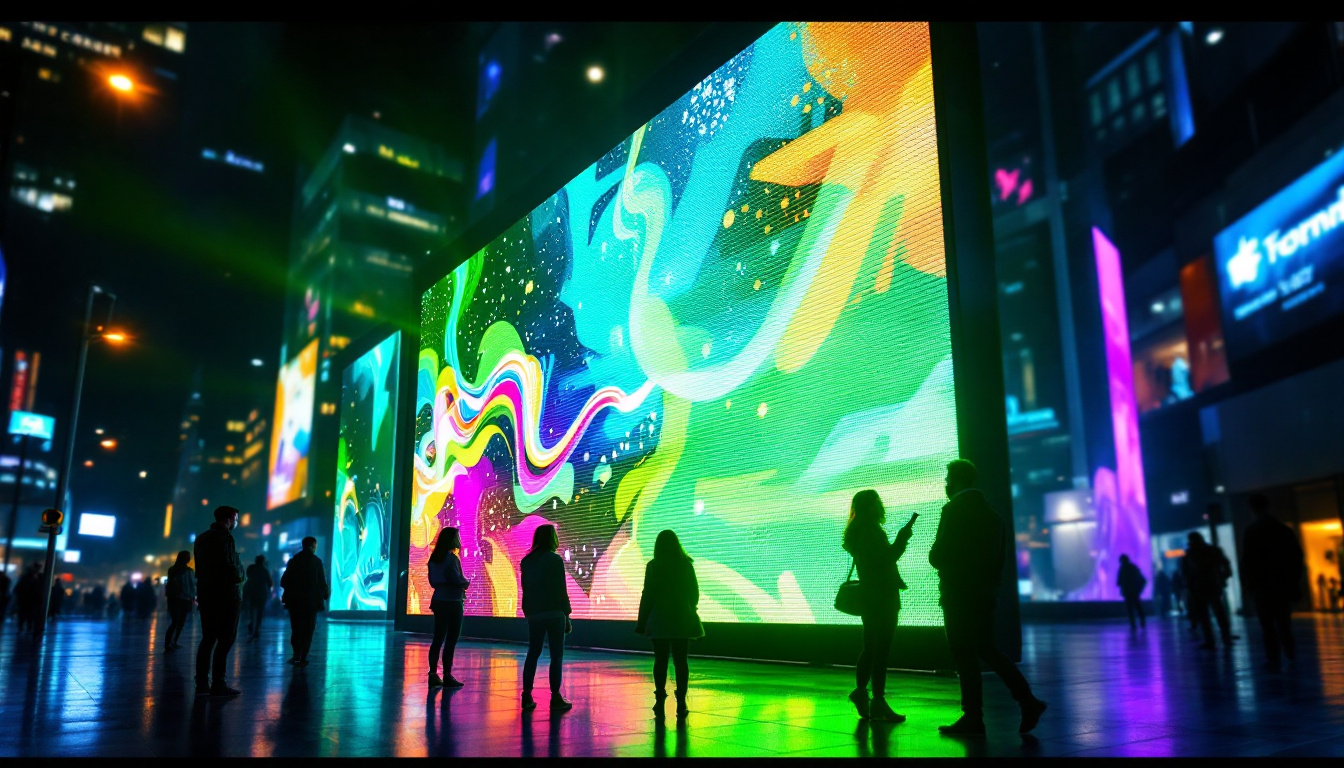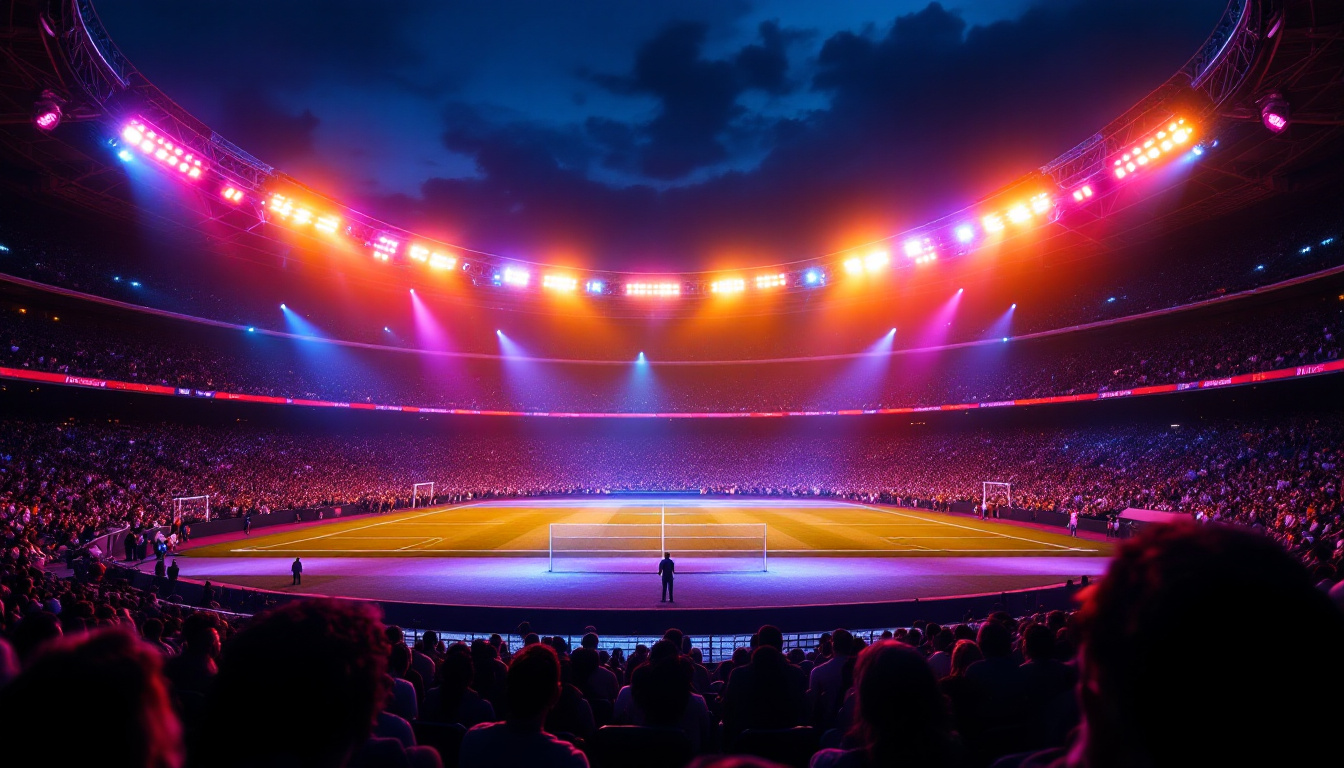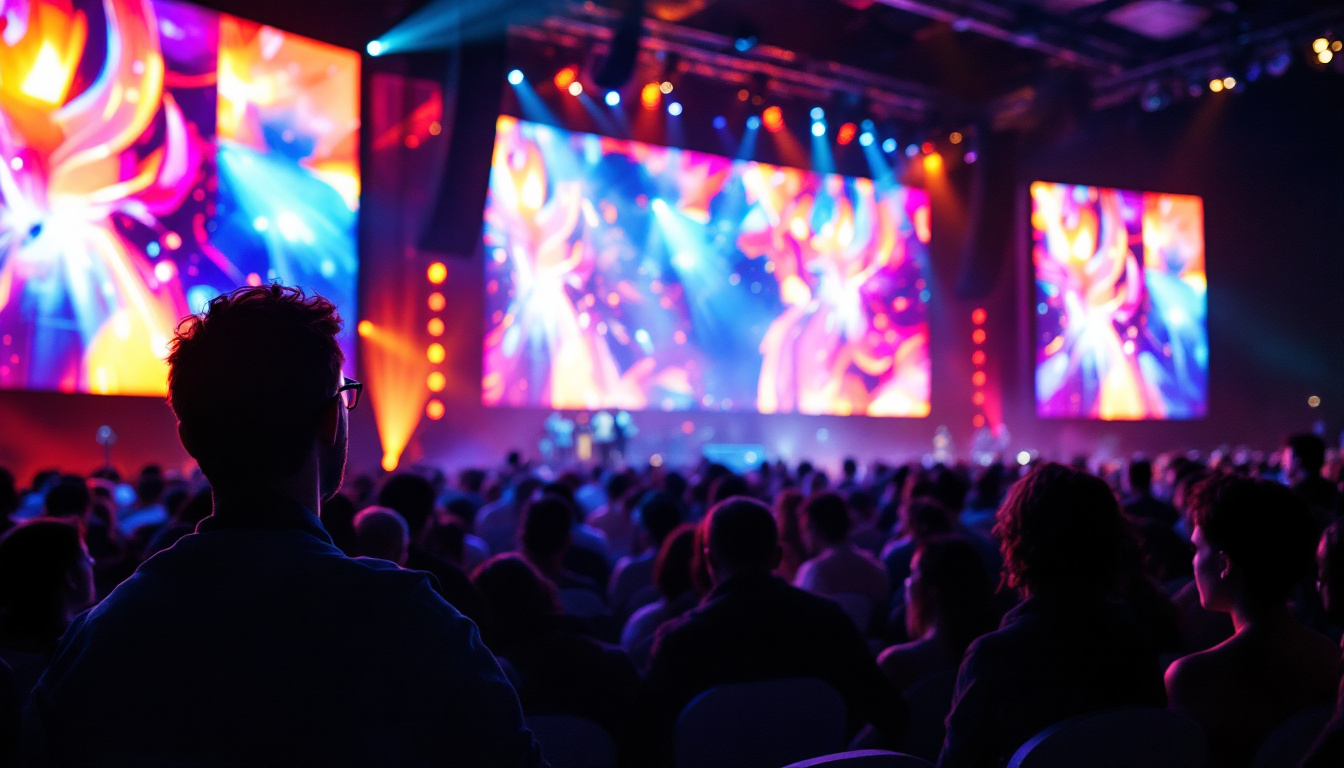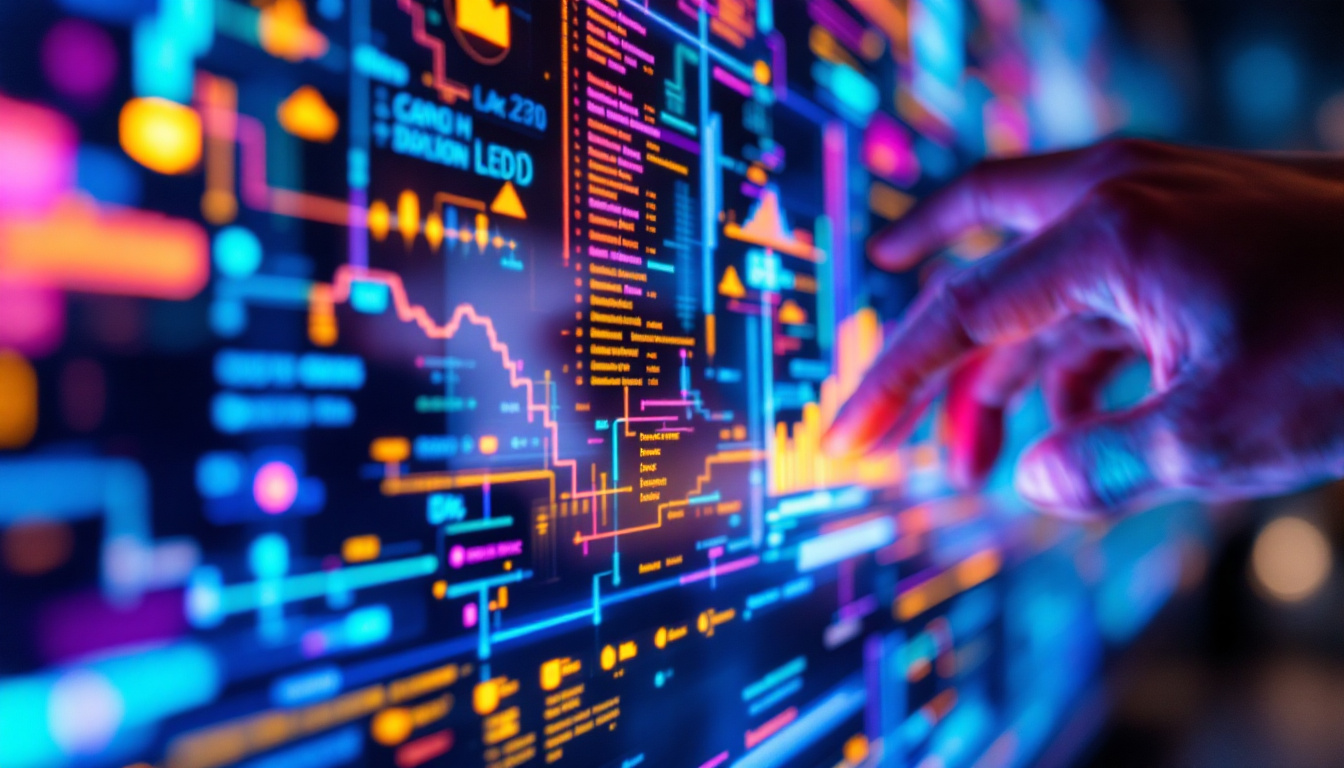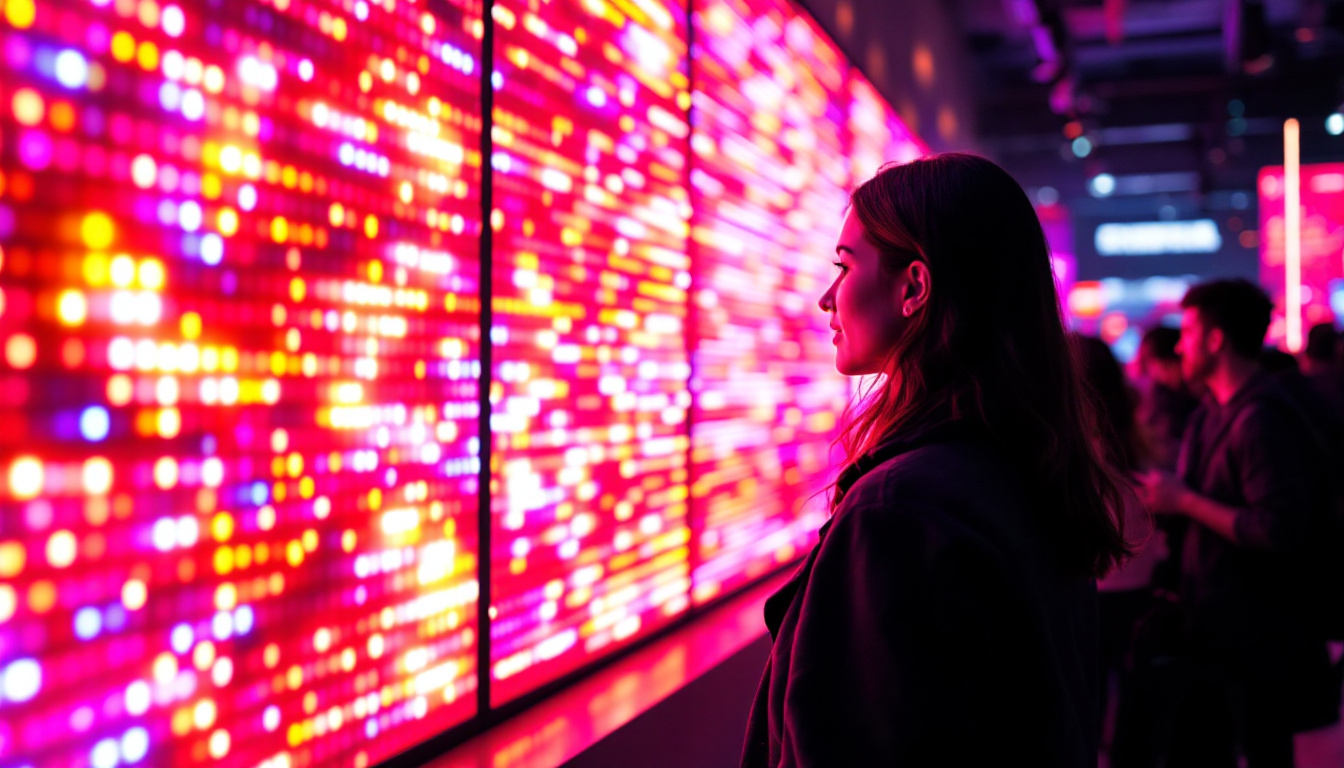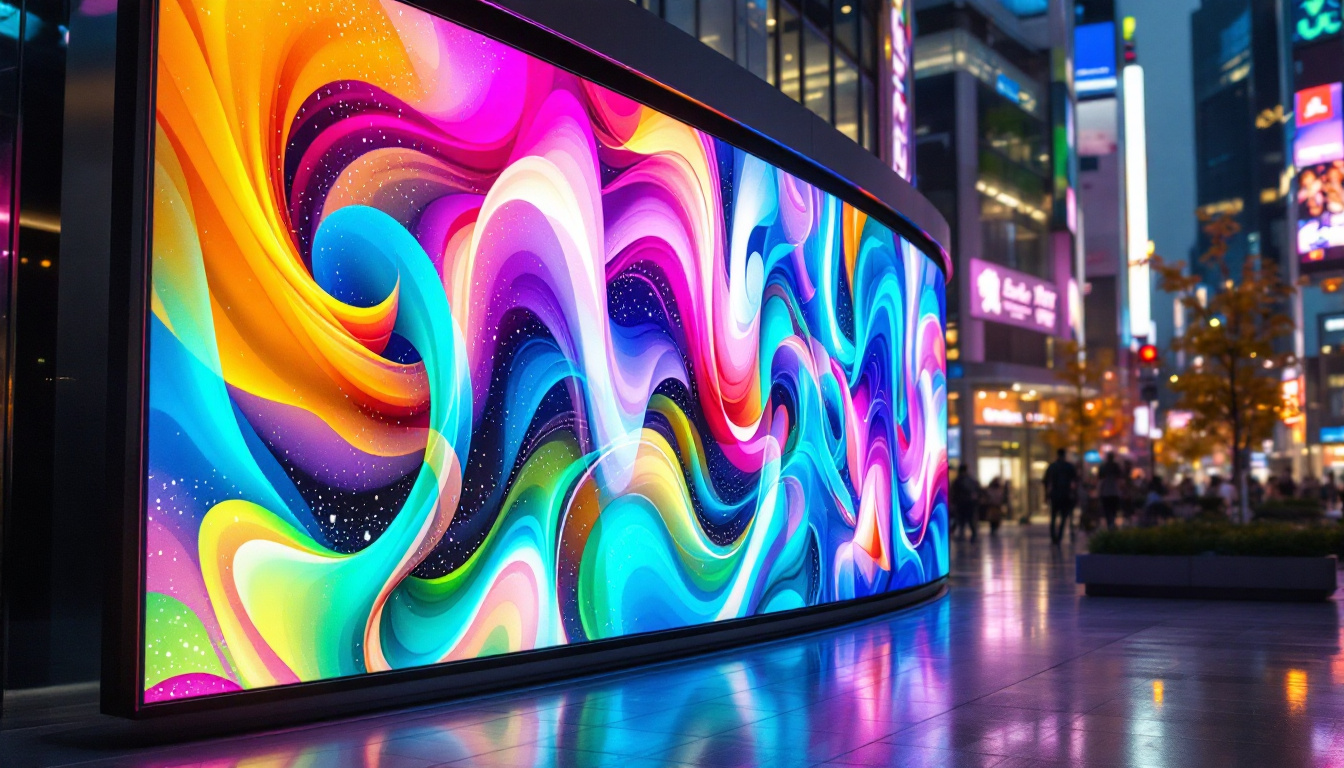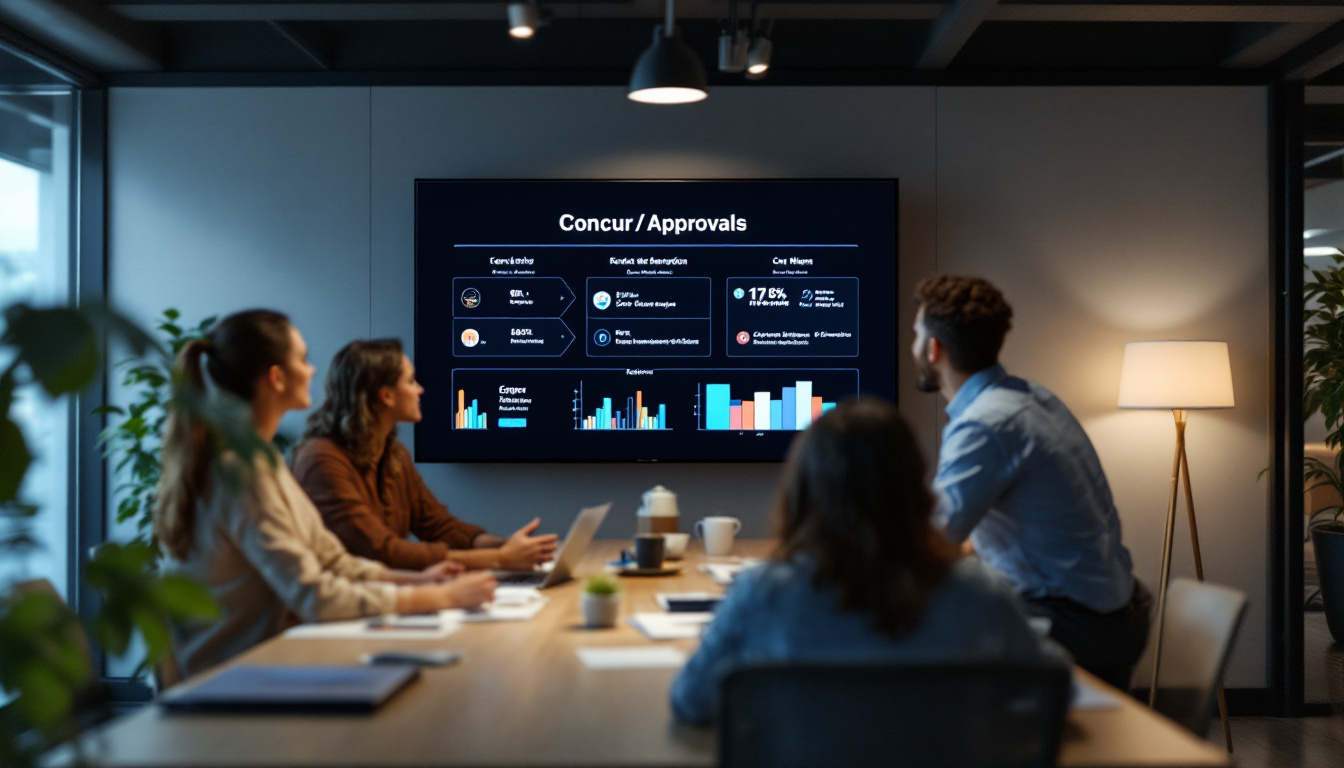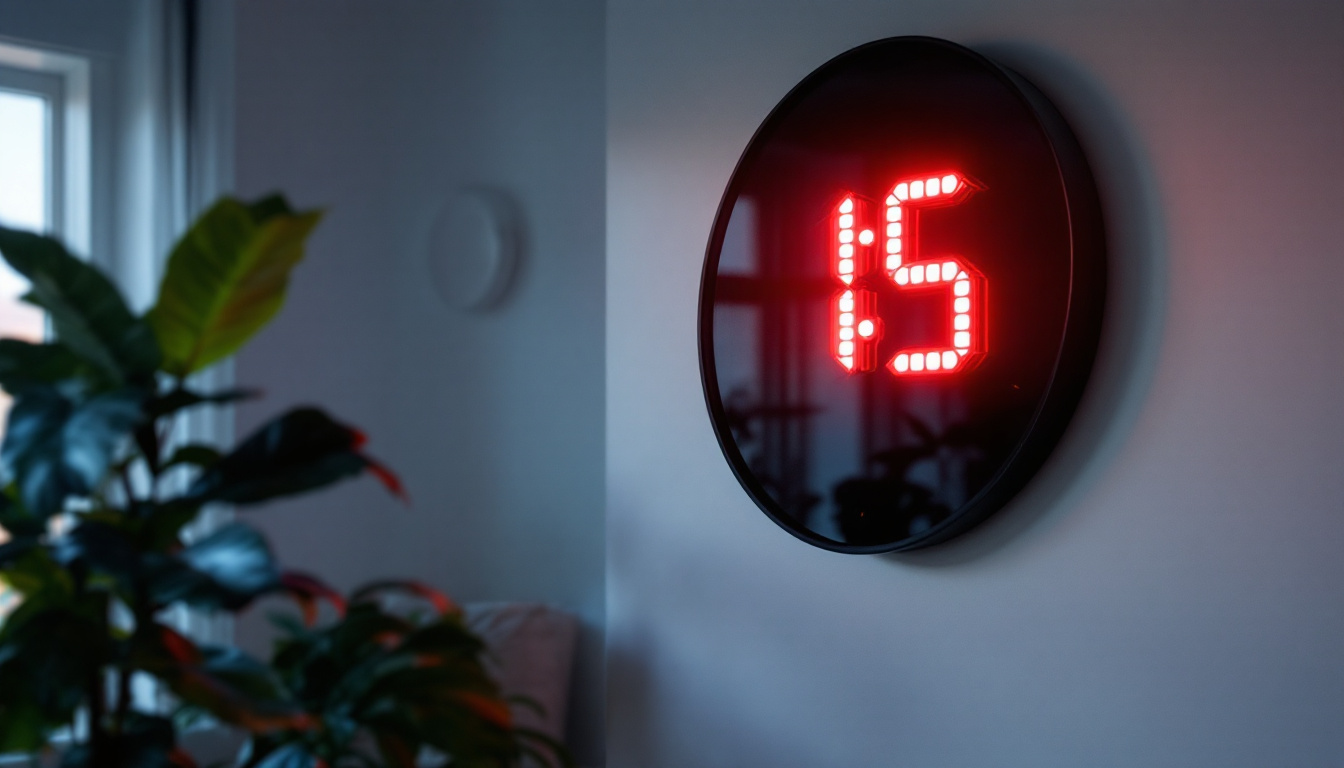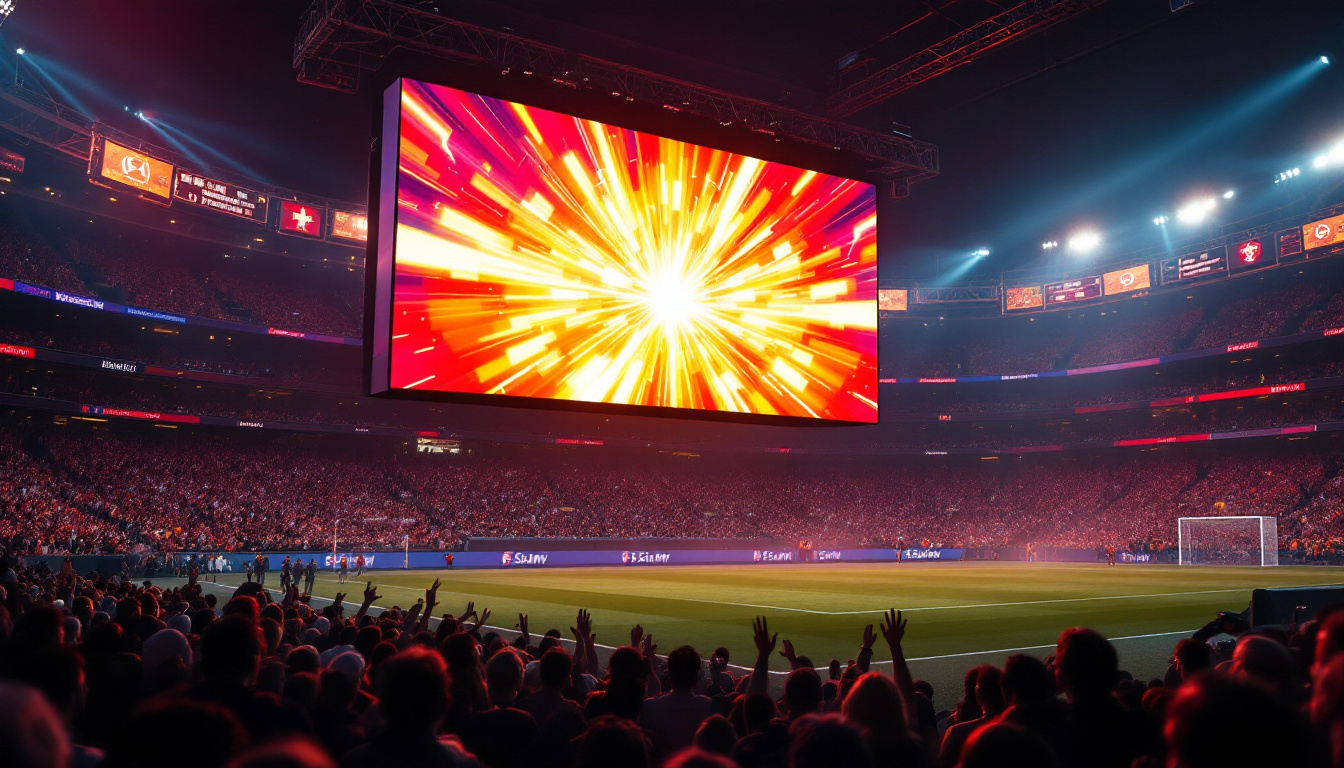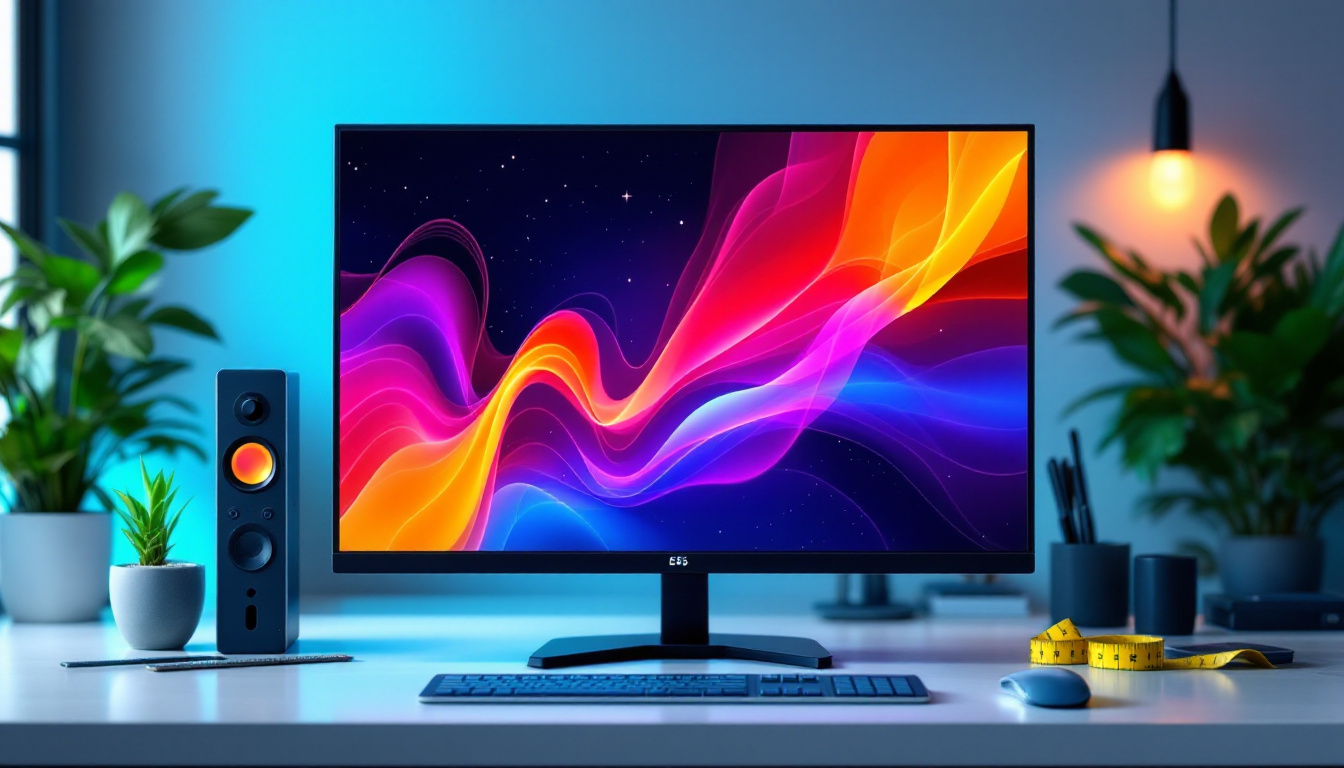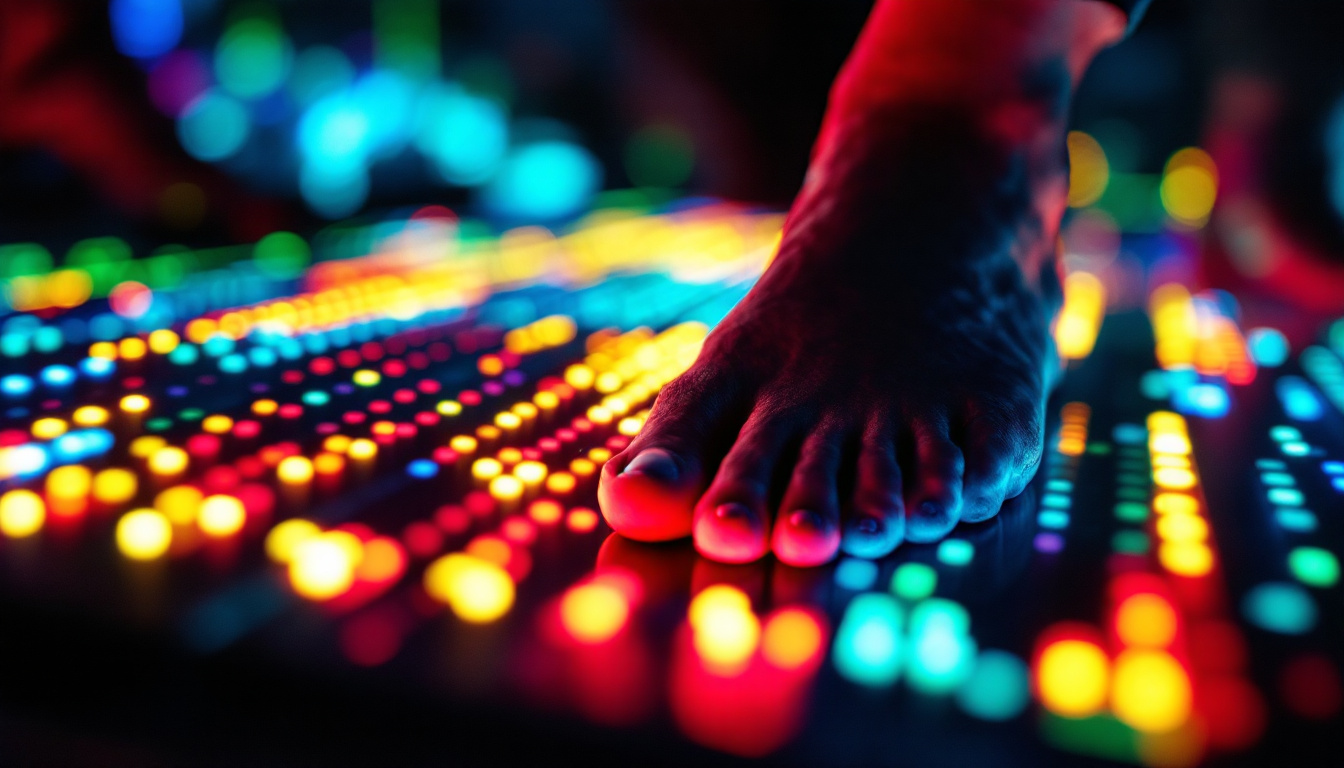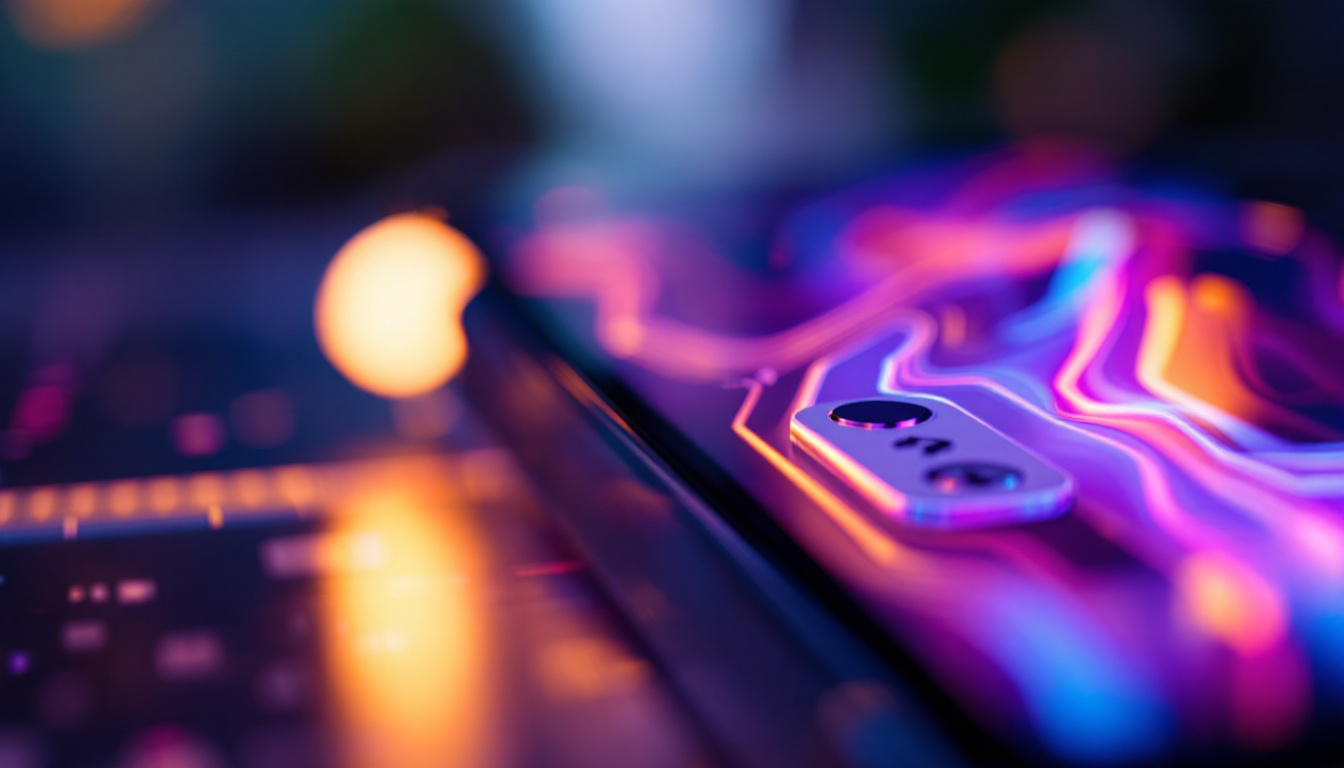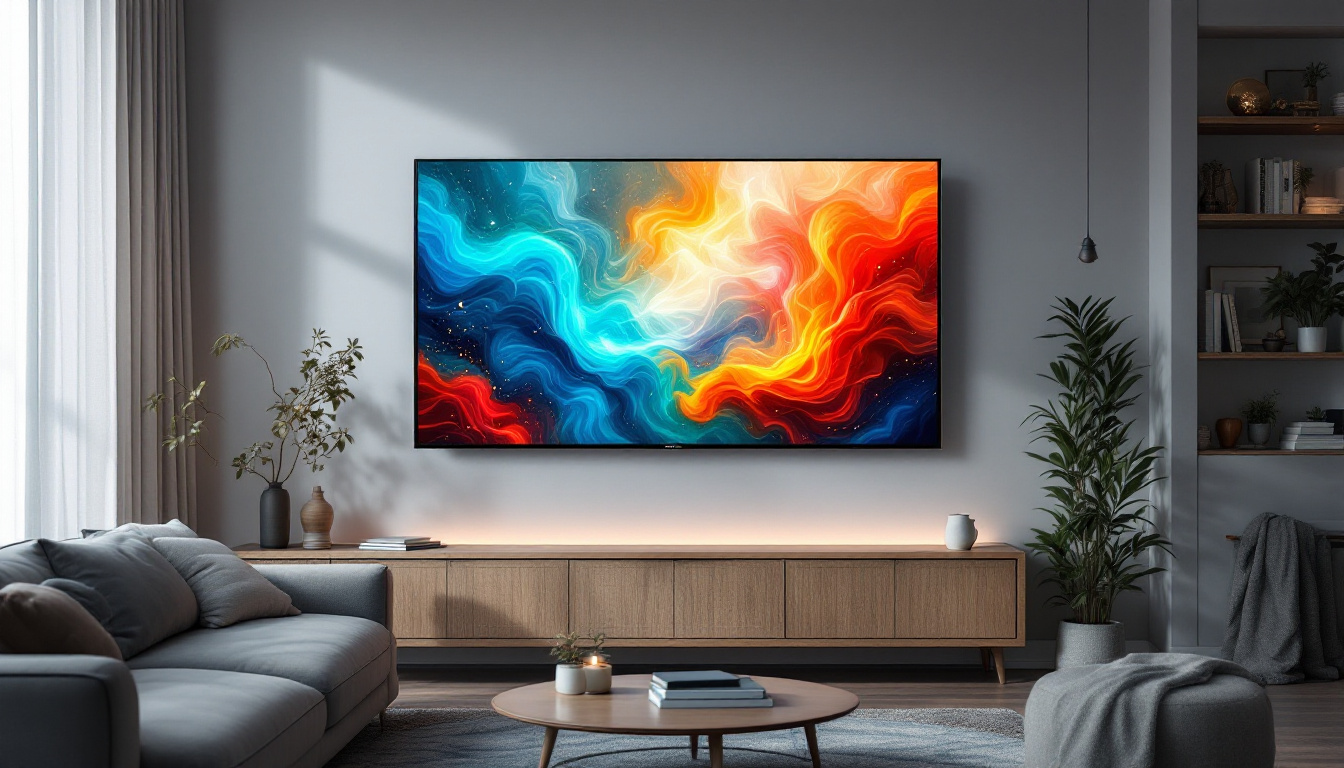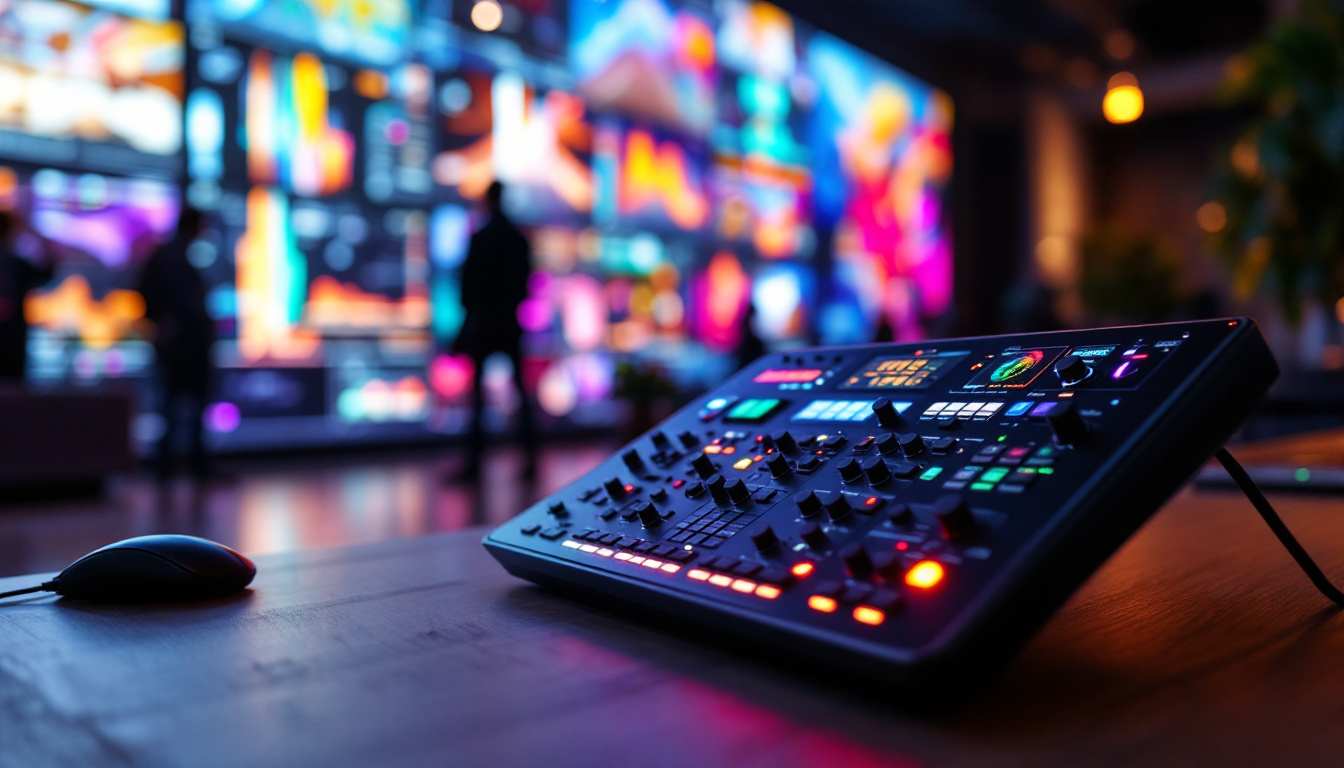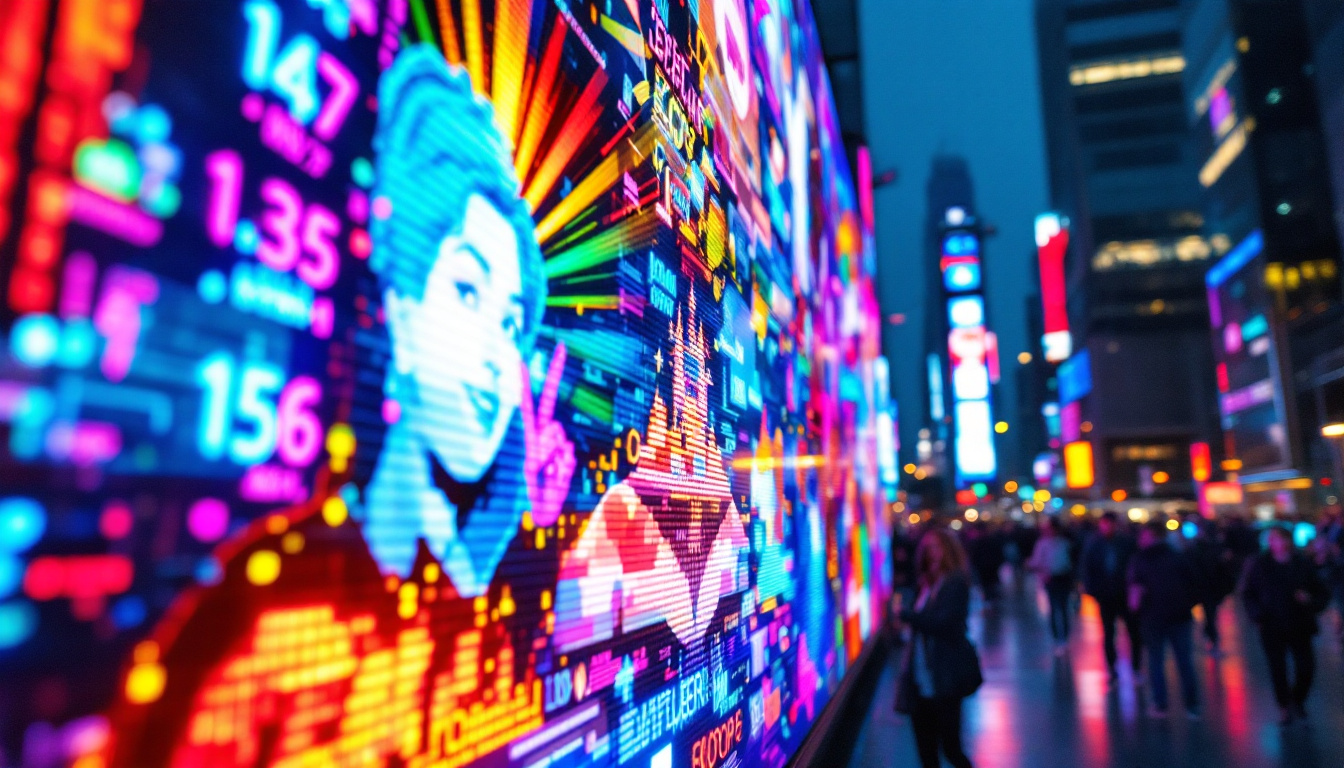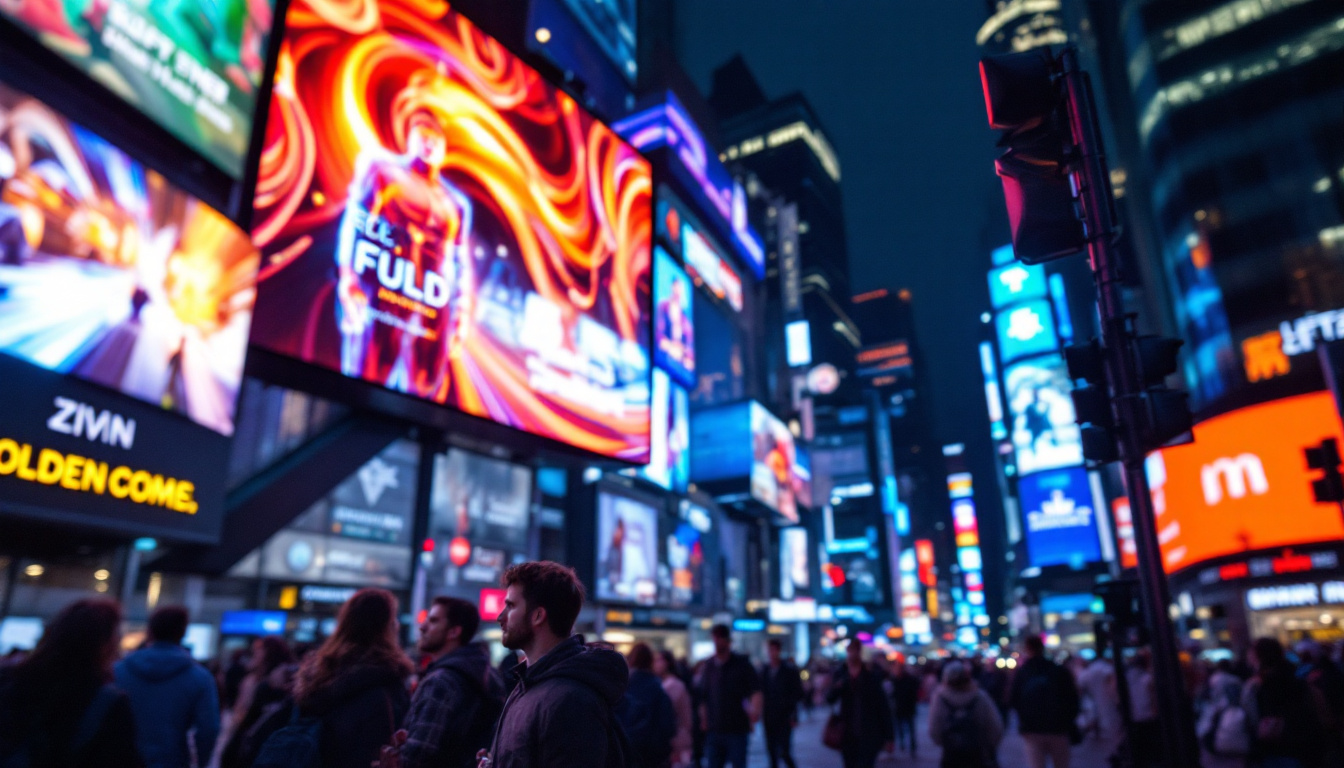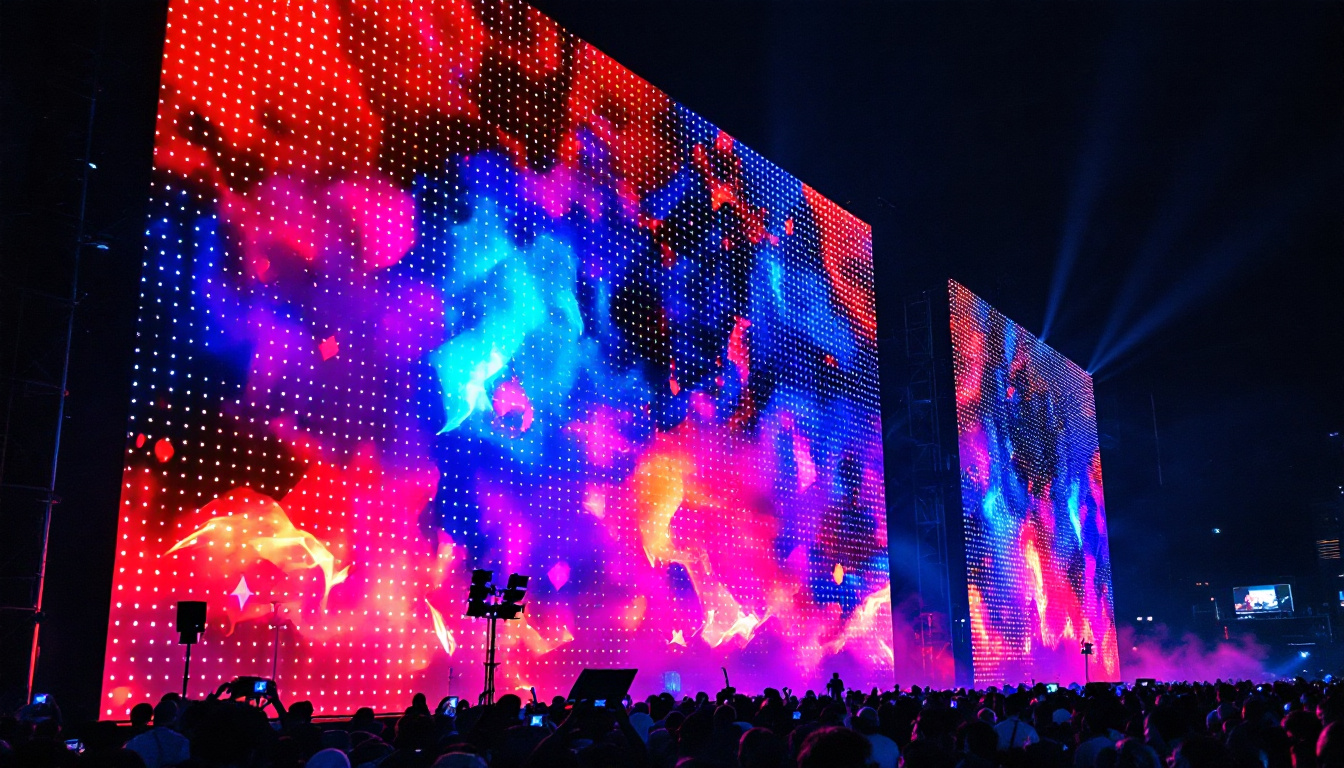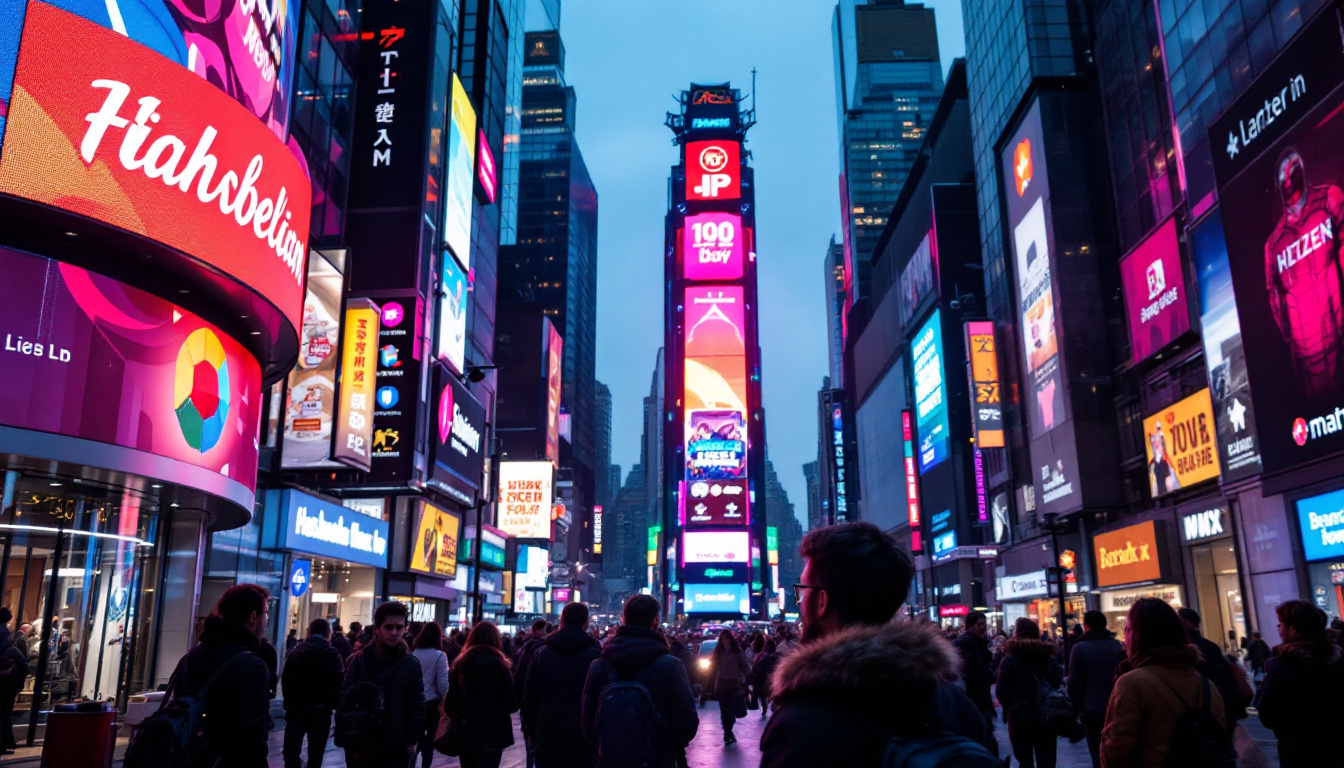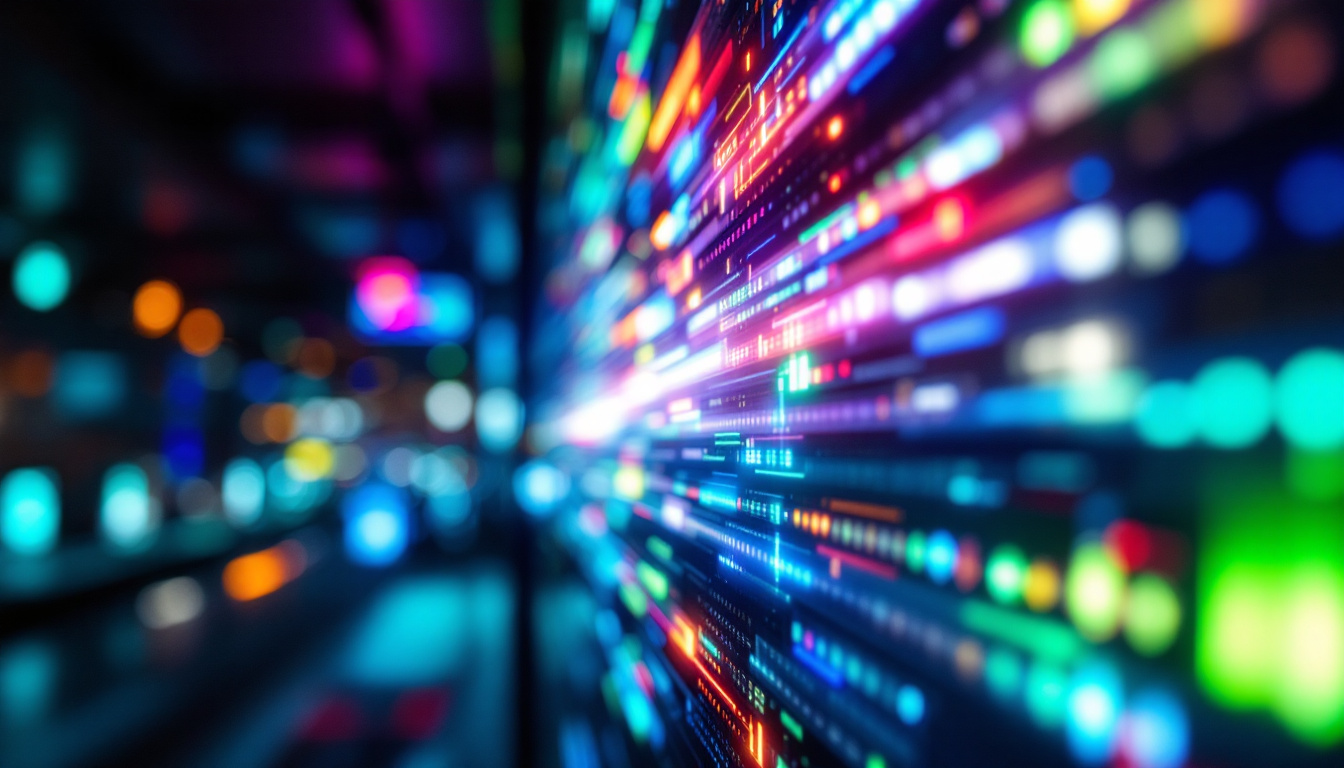In the ever-evolving world of technology, LED displays have emerged as a dominant force in visual communication. These screens are not just a trend; they are a vital component in various industries, from advertising to entertainment, education, and beyond. This article delves into the intricacies of LED displays, exploring their components, types, applications, and the benefits they offer.
Understanding LED Technology
Light Emitting Diodes (LEDs) are semiconductor devices that emit light when an electric current passes through them. This technology has revolutionized how we visualize information and entertainment. Unlike traditional lighting sources, LEDs are energy-efficient, durable, and capable of producing vibrant colors. Their low power consumption not only reduces electricity bills but also contributes to a lower environmental impact, making them a preferred choice in sustainable design.
The Basics of LED Displays
At its core, an LED display consists of numerous tiny LED lights arranged in a grid. Each LED can emit different colors, and by controlling their intensity, a full spectrum of colors can be displayed. The combination of these colors creates images and videos that are bright and clear, even in daylight. This capability has made LED displays particularly popular in outdoor advertising, sports arenas, and large event venues, where visibility is paramount.
LED displays can be categorized into two main types: direct view and backlit. Direct view displays consist of individual LEDs that form the screen, while backlit displays use LEDs to illuminate a liquid crystal display (LCD) panel. The choice between these types depends on the intended application and desired visual quality. For instance, direct view displays are often favored for their superior brightness and contrast ratios, making them ideal for high-traffic areas, while backlit displays are commonly used in televisions and computer monitors for their ability to produce sharp images with deeper blacks.
Components of an LED Display
Understanding the components of an LED display is essential for grasping how they function. Key components include:
- LED Modules: These are the building blocks of an LED display, containing clusters of LEDs that can be configured to create larger screens. Each module is designed to be easily replaceable, which simplifies maintenance and reduces downtime.
- Control System: This system manages the content displayed on the screen, ensuring synchronization between the input source and the LED modules. Advanced control systems can also incorporate features like real-time video processing and remote management, allowing operators to update content seamlessly from anywhere.
- Power Supply: LED displays require a stable power source to function efficiently, and the power supply must match the display’s specifications. High-quality power supplies not only enhance performance but also prolong the lifespan of the display by preventing fluctuations that could lead to damage.
In addition to these components, LED displays often include heat management systems to dissipate the heat generated during operation. Effective thermal management is crucial, as excessive heat can lead to reduced performance and a shorter lifespan for the LEDs. Furthermore, many modern LED displays are equipped with sensors that adjust brightness based on ambient light conditions, ensuring optimal visibility while conserving energy.
Types of LED Displays
LED displays come in various forms, each suited for specific applications. Understanding these types can help businesses and organizations choose the right display for their needs.
Indoor LED Displays
Indoor LED displays are designed for use in enclosed spaces, such as shopping malls, conference rooms, and theaters. They typically have a higher pixel density, which allows for clearer images and finer details. These displays are ideal for presentations, advertising, and events where close viewing is common. Additionally, many indoor LED displays feature advanced technologies such as high dynamic range (HDR) and wide color gamut (WCG), which enhance the visual experience by providing more vibrant colors and deeper contrasts. This makes them particularly effective for applications like digital signage, where capturing the attention of passersby is crucial.
Outdoor LED Displays
Outdoor LED displays are built to withstand various weather conditions, making them suitable for billboards, sports arenas, and public events. They have lower pixel density compared to indoor displays, but they are designed to be highly visible from long distances, even in direct sunlight. These displays often incorporate protective features such as water resistance and UV coating to ensure longevity and durability. Furthermore, many outdoor LED displays can be equipped with sensors that adjust brightness based on ambient light conditions, ensuring optimal visibility at all times. This adaptability makes them an excellent choice for dynamic advertising campaigns that need to reach a broad audience effectively.
Transparent LED Displays
Transparent LED displays are a newer innovation in the market, allowing for a unique blend of visibility and transparency. These displays are often used in retail environments, where they can showcase advertisements while still allowing customers to see through the screen. This innovative design enhances the shopping experience without obstructing views. Beyond retail, transparent LED displays are also gaining traction in architectural applications, where they can be integrated into windows and facades of buildings, creating stunning visual effects while maintaining the aesthetic appeal of the structure. As technology advances, the potential for interactive features, such as touch sensitivity and augmented reality integration, is also becoming a reality, further expanding the possibilities for transparent displays in various settings.
Applications of LED Displays
The versatility of LED displays has led to their widespread adoption across various sectors. Here are some notable applications:
Advertising and Marketing
One of the most common uses of LED displays is in advertising. Businesses utilize these screens to capture attention and convey messages effectively. Whether it’s a large billboard in a busy city or a smaller display in a retail store, LED screens provide dynamic content that can be updated in real-time.
Entertainment and Events
In the entertainment industry, LED displays play a crucial role in enhancing the visual experience. Concerts, festivals, and sporting events often feature large LED screens to display live feeds, graphics, and animations. These displays create an immersive atmosphere, engaging audiences and elevating the overall experience.
Corporate Communication
Many organizations use LED displays for internal communication, such as displaying announcements, performance metrics, or training materials. In corporate environments, these screens can enhance presentations and facilitate better information sharing among employees.
Benefits of LED Displays
Investing in LED display technology comes with numerous advantages that can significantly impact a business or organization.
Energy Efficiency
One of the standout benefits of LED displays is their energy efficiency. Compared to traditional display technologies, LEDs consume significantly less power, leading to reduced energy costs. This efficiency not only benefits the environment but also contributes to lower operational expenses for businesses.
Longevity and Durability
LED displays are known for their long lifespan, often lasting tens of thousands of hours. This durability makes them a cost-effective solution in the long run, as they require less frequent replacements. Additionally, many LED displays are designed to withstand harsh conditions, making them suitable for both indoor and outdoor use.
High-Quality Visuals
The visual quality of LED displays is another compelling reason for their popularity. With vibrant colors, high contrast ratios, and the ability to display content in various formats, these screens provide an exceptional viewing experience. Whether for advertising, entertainment, or information dissemination, LED displays deliver clarity and impact.
Choosing the Right LED Display Supplier
When considering an LED display, selecting the right supplier is crucial. A reliable supplier can provide not only the product but also support and expertise throughout the process.
Factors to Consider
Several factors should be taken into account when choosing an LED display supplier:
- Experience and Reputation: Look for suppliers with a proven track record in the industry. Research their reputation and customer reviews to gauge their reliability.
- Product Range: A good supplier should offer a variety of LED display types and sizes to meet different needs. This flexibility ensures that you can find the right solution for your specific application.
- Technical Support: Ensure that the supplier provides adequate technical support, including installation, maintenance, and troubleshooting. A responsive support team can make a significant difference in the overall experience.
Cost Considerations
While cost is an important factor, it should not be the sole determinant in choosing an LED display supplier. It’s essential to balance cost with quality and support. Investing in a higher-quality display from a reputable supplier can lead to better performance and longevity, ultimately saving money in the long run.
The Future of LED Display Technology
As technology continues to advance, the future of LED displays looks promising. Innovations in design, functionality, and application are expected to reshape the landscape of visual communication.
Emerging Trends
Several trends are emerging in the LED display market:
- Flexible Displays: The development of flexible LED displays allows for creative applications, such as curved screens and unique shapes that can fit various environments.
- Smart Displays: Integration with smart technology enables LED displays to connect with other devices, allowing for interactive experiences and real-time data display.
- Improved Resolution: As technology progresses, the resolution of LED displays is expected to improve, offering even clearer and more detailed visuals.
Environmental Considerations
With growing concerns about environmental sustainability, manufacturers are focusing on creating eco-friendly LED displays. This includes using recyclable materials and reducing energy consumption, aligning with global efforts to minimize environmental impact.
Conclusion
LED displays have transformed the way information is communicated visually. Their versatility, energy efficiency, and high-quality visuals make them an invaluable asset across various industries. As technology continues to evolve, the potential applications and benefits of LED displays will only expand, making them a key player in the future of visual communication.
When considering an LED display, it is essential to partner with a reputable supplier who can provide the necessary expertise and support. By understanding the different types, applications, and benefits of LED displays, businesses can make informed decisions that enhance their communication strategies and overall success.
Discover Cutting-Edge LED Display Solutions with LumenMatrix
Ready to elevate your visual communication strategy with the latest in LED technology? LumenMatrix is at the forefront of innovation, offering a diverse range of LED display solutions tailored to your unique needs. From captivating Indoor LED Wall Displays to dynamic Outdoor LED Wall Displays, and from versatile Vehicle LED Displays to engaging LED Sports Displays, our products are designed to make your brand shine. Experience the future of digital signage with our All-in-One LED Displays, LED Transparent Displays, and more. Check out LumenMatrix LED Display Solutions today and transform the way you connect with your audience.

